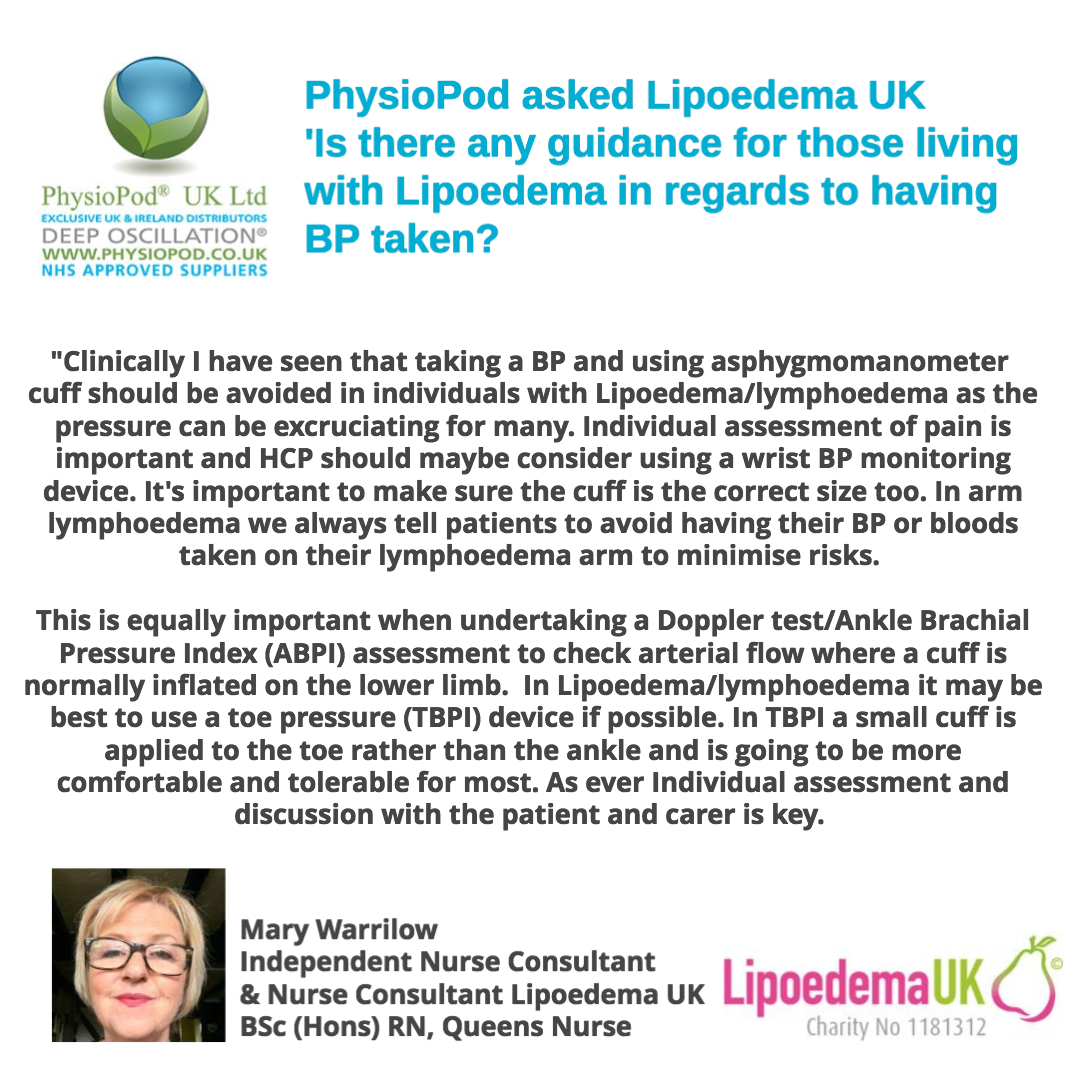Autism and a 'Mostly' Positive Surgery-Related Experience
Jackie Smith reflects on her daughters recent surgical procedure
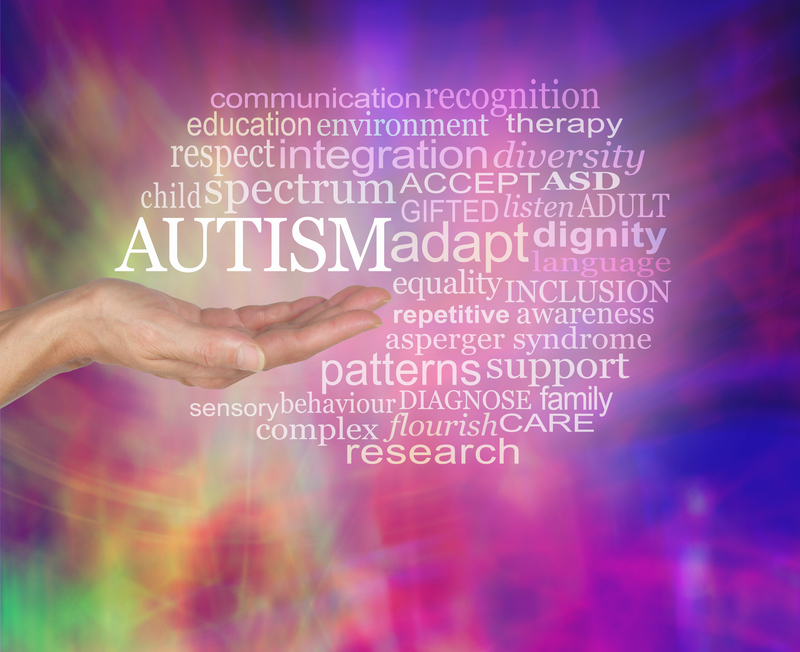
'Autism is a spectrum disorder which means autistic people can have varying support needs.
One third of autistic people also have a learning disability.
The autism spectrum isn't linear and many people talk about the 'spikey profile.'
This means an autistic person could be a leading expert on nuclear physics but unable to remember to brush their teeth or clean their clothes.
Some autistic people will have high support needs, which may mean that they require full time care and support.
Some people may need a bit of support with day to day activities, while others live fully independent lives.
With the right support in place, all autistic people should be able to live the life they choose."
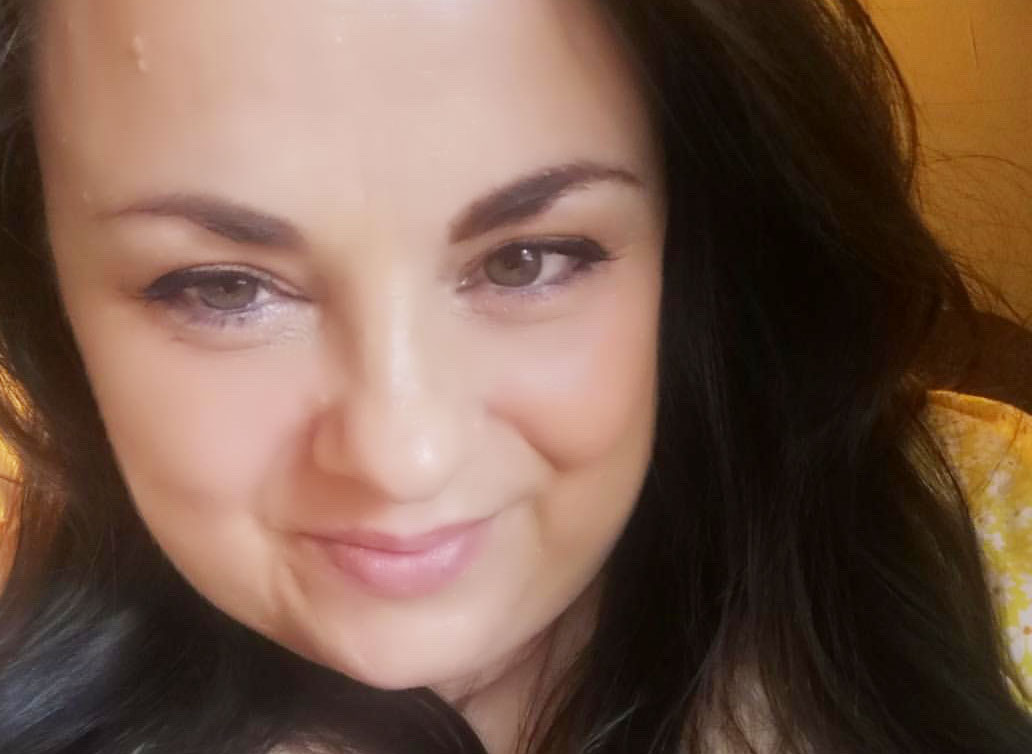
"Anyone who knows me and my small family, will know that I have a daughter who is on the Autistic Spectrum. Lucy is 26 years old now and was diagnosed aged 3 and her adult situation is that Lucy will need shadowing all of her life, her vulnerability means she will always need someone with her. She is non-independent and is categorised as having 'severe needs'.
When outside the home and in anxious situations, Lucy's language can become disordered. It's like the anxiety hits first and so she needs time to reply, as her brain needs longer to process information and questions. So if under pressure to answer (as the listener displays expectations for immediate answers) she will just say YES to everything. Or answer incorrectly.
So I felt the urge to write this piece because on 11th May 2022, Lucy had to have laparoscopic (keyhole) surgery at our local NHS hospital to remove her Gallbladder. As most will appreciate, an operation can be a daunting experience, let alone a young person with autism. Snow S. L. et al (2021) wrote
'Those with an autism spectrum disorder (autism) are vulnerable to negative experiences within the surgical setting' and 'although families commonly experience some concern when children have medical procedures, families of children with autism often feel especially on edge [1]
But I have to say, that on the whole, it was a positive experience for Lucy, myself, the surgeon and his team. I had pre-warned her surgeon of her needs (as much as I felt I could, I do suspect she has Lipoedema but it is not diagnosed, so I felt not appropriate), and he was keen to do as much as he could to help her through, offering her a pre-med too, because trust me, I explained to him that 10 men will not hold her down if she gets freaked out; Lucy is very, very strong. The surgeon was keen not to cause her any unnecessary distress. because being autistic can bring about many issues:-
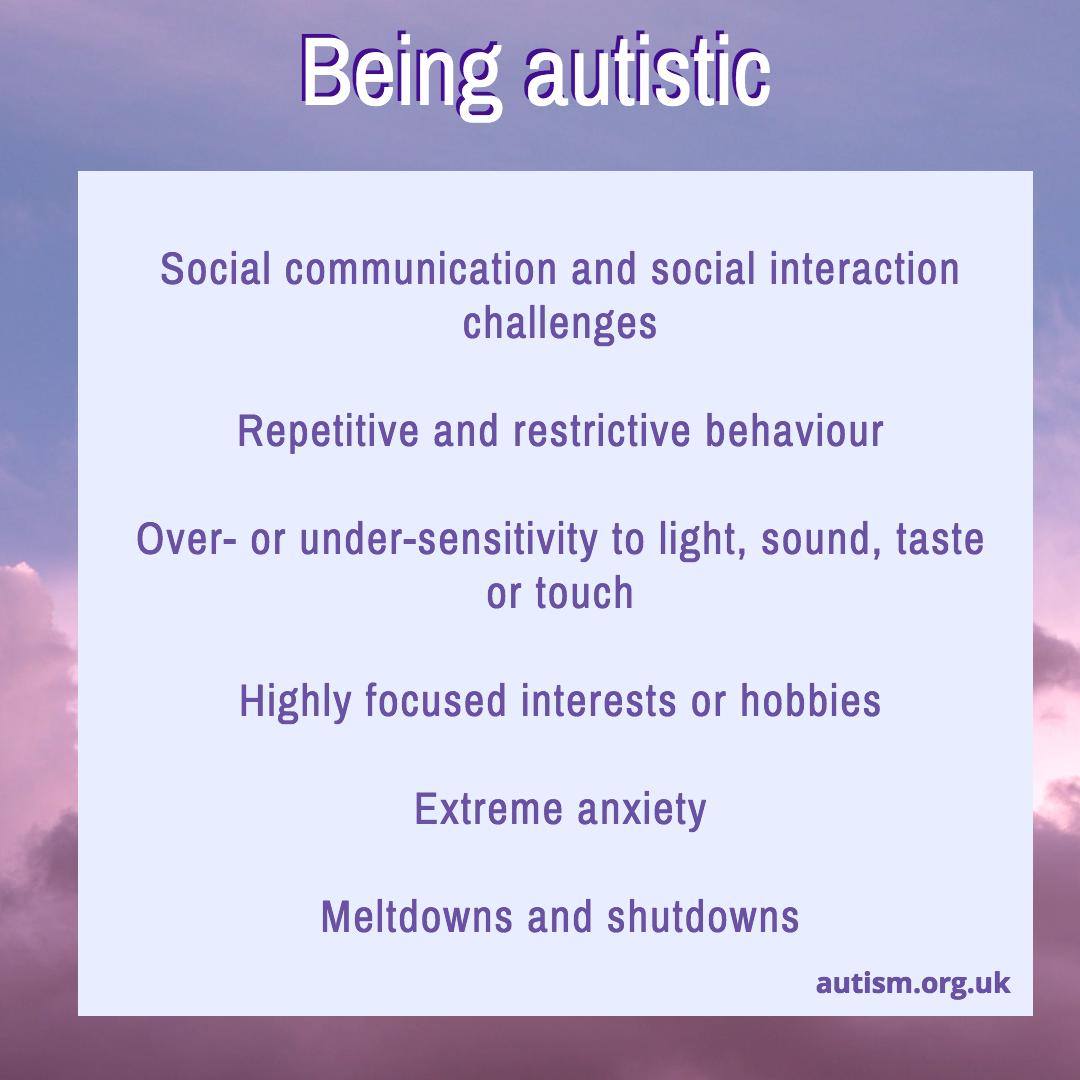
Please take a few minutes to watch this film from The Misfits Theatre Company, who have been explaining how reasonable adjustments can help people with a learning disability and enable autistic people to live longer and healthier lives. Reasonable adjustments are a legal requirement to make sure health services are accessible to all disabled people:-
"From April 2015, the Care and Support (Assessment) Regulations 201410 will require local authorities to ensure that a person undertaking an assessment of an adult’s care and support needs has suitable skills, knowledge and competence in the assessment they are undertaking and is appropriately trained, and require local authorities, when carrying out an assessment, to consult a person who has expertise in relation to the condition or other circumstances of the individual whose needs are being assessed where it considers the needs of that individual require it to do so" [2]
it would be inappropriate and unfair for a special needs child/adult with anticipatory anxiety to go into hospital without someone who knows them being in attendance, that is for all parties concerned. The medical team need to listen carefully about the concerns surrounding that child's understanding and it goes without saying that the child's parents are best placed to advise on how their child experiences the world and their expectations.
BEFORE THE OPERATION
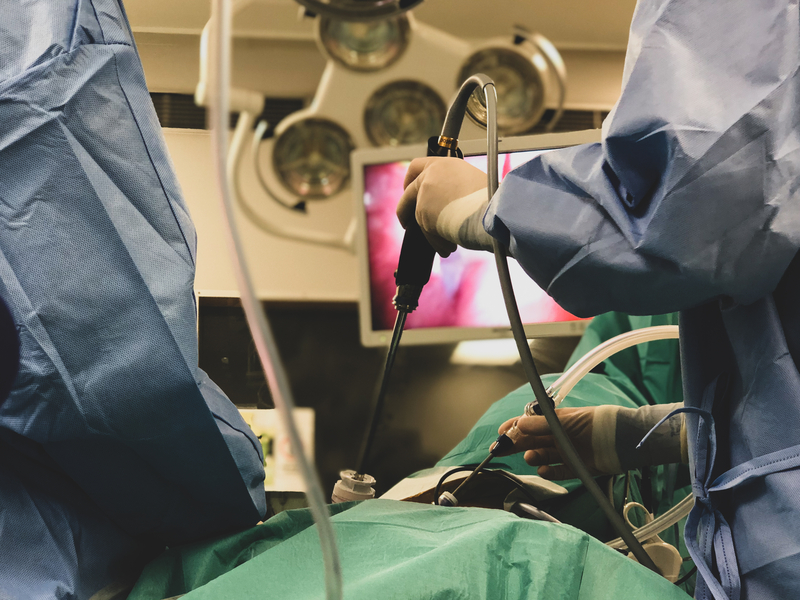
Once Lucy knew she was going to have the operation, she wanted all the facts and so prior to the operation she watched the procedure on YouTube. It is her body after all, and she wanted to know exactly what was going to happen. I feel it’s not a case of Lucy 'can't understand', she can, it is more the case that she isn't understood.
Just because she has speech and language difficulties, it doesn't mean she does not understand. It isn't that she hasn't the capacity to grasp things, it just takes time. So, it's really important that during any hospital visit, or a stay in hospital, a team effort is required to 'keep the balance'. It relieves anxiety and any traumatic after-responses. Apart from just one little blip around the size of a blood pressure cuff (see below), Lucy really did have a positive experience and has not suffered any after effects of trauma; either from the experience of going into hospital or from the operation itself.
The nurses were great with Lucy, they kept her in a relaxed and jovial mood and referred back to me to explain if they felt they needed my input. I was allowed to go down to the anaesthesia room with Lucy to be by her side and provide reassurance. I feel my being there helped Lucy, the Anaesthesiologist and the Nurse Anaesthetist, especially with the questions that needed answering.
THE SLIGHT BLIP
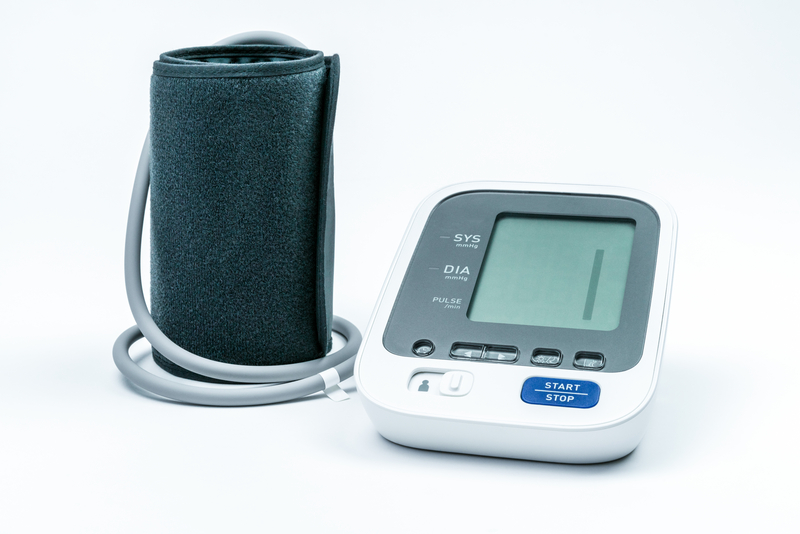
There was only one upsetting moment, just one blip, this was with the pre op blood pressure monitoring. The Anaesthesiologist had put on a blood pressure cuff and selected start and then set about trying to locate a vein to take blood.
Lucy started to cry and was saying "Ouch, ouch" - I asked "Lucy, Is it your arm?" "yes" she said, 'it hurts Mummy"
They thought it was because they were trying to find a needle sight but they hadn't pricked her arm yet and so that could not have been the cause of her anguish. I then stroked her arm and noticed it had turned bright cherry red, from elbow to wrist and looked abnormal. She had become very distressed because she wasn't able to say what the problem was. For lots of reasons, Lucy might not have been able to tell them. But I know her so well and I quickly advised the Anaesthesiologist that the cuff was hurting her and that it was too small.
I said 'Lucy probably has Lipoedema like me' - the Anaesthesiologist looked baffled.
She said "but I need the cuff to be tight" however, the younger Nurse Anaesthetist, on hearing the mention of Lipoedema, quickly removed the cuff. Once removed, Lucy stopped crying. But the damage was done, her arm was already bruised by the cuff, which had only been pressured for minutes, if not seconds. Where the cuff had been, there were two lines of bruising. The Anaesthesiologist said "Wow has that done that?" and began to get out a larger cuff.
LIPOEDEMA
As readers will know, if they are familiar with my PhysioPod blogs [3,4] I am diagnosed with Lipoedema in my knees, upper and inner thighs, hips, buttocks and arms. Lipoedema generally does run in families, as I said, though not yet diagnosed, it is very likely that Lucy has this condition too.
'Genes for Lipoedema are thought to pass from parent to offspring in an autosomal dominant manner with sex limitation. [5,6,7]
'Lipoedema is a long-term, progressive condition, usually presenting as symmetrical enlargement of the legs and buttocks, and mainly affecting women. Distinct from obesity or Lymphoedema, Lipoedema is associated with an unusual distribution and proliferation of diet-resistant inflammatory fat tissue with symptoms such as pain. Lipoedema may also affect the upper body and arms and can lead to secondary Lymphoedema, sometimes referred to as lipo-lymphoedema" [8]
AUTISM AND HOW TO MEASURE BLOOD PRESSURE
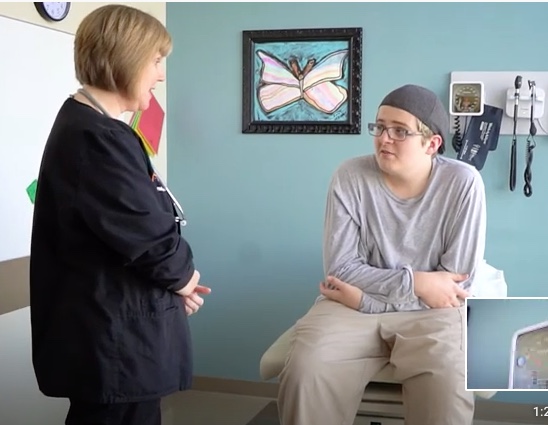
The Ohio State University Center for Autism Services and Transition (CAST) have made this excellent video which provides tips for medical professionals on how to measure blood pressure when providing care for patients with autism at CAST. Though the device used for Lucy was an electronic device, many of the tips are very useful.
For more information on "Supporting people with autism for allied health professionals" in the UK click here
LIPOEDEMA AND BEST PRACTICE FOR MEASURING BLOOD PRESSURE
Blood pressure readings can be an agonising experience for those with Lipoedema, myself included;
"Severe pain when having blood pressure taken on the lipoedema arm" [8]
Editorial Comment
Mary suggested the following references:
References [5,9,10]
______________________________________________________________________________________
Lucy doesn't have large arms at all, certainly not in comparison to mine (see mine below), but like me, she bruises very easily. So, was it the cuff size? Or just that Lipoedema fat/skin cannot take the pressure of the cuff, it's worth pointing out here that Lipoedema fat is painful, whereas fat in obesity is not painful.

.png)
As Lucy approaches womanhood, her body has taken on the typical pear shape of Lipoedema, small upper body and larger lower body; large bottom, hips and no ankle column. Her BMI is higher than they liked for surgery (as it is in Lipoedema, because of the heavy weight of the abnormal accumulation of adipose fat) but this was overlooked, because the surgery was needed.
Mary of PhysioPod asked why I don't get her an official diagnosis of Lipoedema and then I could have given the surgeon this detail pre op and they would have been aware about the cuff (or not, as the case may be, the medical profession are not largely aware of Lipoedema even though there is an excellent online course they can take).
'Why Mary?" I said "Because she would not tolerate the surgery required to ease the symptoms, that's even if she could get it since NICE do not currently recommend the non-cosmetic liposuction as a treatment, and with the conservative treatment, the most she would get use of is compression, but even that could be an issue, as she hates the feeling of certain materials on her skin, or the feeling of restriction. The post surgery compression socks provided by the hospital did not see out their full 14 day prescription, at 10 days in, they had caused deep red rings on her ankles and so they had to be dispensed with.
Lucy has endured pain in her legs since she was 4, when she was diagnosed with Hypermobility (another well known co-morbidity of Lipoedema):
'Hypermobile joints were present in 50% of women with lipedema consistent with a connective tissue disease, such as hypermobile Ehlers Danlos Syndrome [4]'
Thankfully, we have invested in a Deep Oscillation Personal to keep pain at bay. Interestingly too, Lucy likes the soothing sensation of the vibrations on her skin.
CONCLUSION
Obviously, as a Mum, I worry a lot about Lucy and it was great that not only were the nurses and surgeon great with Lucy, they were too with me. Because Mums do get stressed and if we get stressed, then our stress passes on to our children. Special needs children are heavily supported in their day-to-day life by their parents/carers and without that support and in unfamiliar situations, unnecessary trauma can be caused.
The lovely surgeon rang me as soon as Lucy's operation was over and I was allowed into the recovery room as Lucy came round, so that I could relieve her of any stress upon waking.
I feel like Lucy and I are the 'Dream Team'. I would never let her go anywhere that might invite a dangerous/daunting situation for her, and so the hospital experience is no different. So it is great that we have autism laws for the healthcare setting in place.
For special needs children, any experience that is not the norm is dangerous or extremely challenging, risks causing them so much trauma, they will have a meltdown or shutdown.
It is important to my child to be understood and to have the respect from others that she does understand what is going on, so I encourage all allied healthcare professionals to educate themselves in support.
Jackie Smith
Lipoedema Patient Advocate
References
-
Snow SL, Smith IM, Latimer M, Stirling Cameron E, Fox J, Chorney J. A balancing act: An interpretive description of healthcare providers' and families' perspective on the surgical experiences of children with autism spectrum disorder. Autism. 2022 May;26(4):839-848. doi: 10.1177/13623613211034057. Epub 2021 Jul 28. PMID: 34320870; PMCID: PMC9014760.
- Statutory guidance for Local Authorities and NHS organisations to support implementation of the Adult Autism Strategy, prepared by the Department of Health - March 2015 - Link
-
Smith J. (2021) 'Lipoedema and a Misdiagnosis of Ovarian Cancer' PhysioPod UK Website - Guest Blog
- Smith J. (2021) 'The Deep Oscillation Personal Recommended for Lipoedema Symptom Management and Keloid Scar Reduction', PhysioPod UK Website - Guest Blog
- Herbst KL, Kahn LA, Iker E, Ehrlich C, Wright T, McHutchison L, Schwartz J, Sleigh M, Donahue PM, Lisson KH, Faris T, Miller J, Lontok E, Schwartz MS, Dean SM, Bartholomew JR, Armour P, Correa-Perez M, Pennings N, Wallace EL, Larson E. Standard of care for lipedema in the United States. Phlebology. 2021 Dec;36(10):779-796. doi: 10.1177/02683555211015887. Epub 2021 May 28. PMID: 34049453; PMCID: PMC8652358.
- Földi, E, Földi, M. Das lipödem. In Földi, M, Földi, E, Kubik, S (eds) Lehrbuch der Lymphologie für Mediziner, Masseure und Physiotherapeuten. Munich: Elsevier, Urban & Fischer, 2005, pp.443–453. Google Scholar
- Child, AH, Gordon, KD, Sharpe, P, et al. Lipedema: an inherited condition. Am J Med Genet A 2010; 152A: 970–976. Google Scholar | Crossref | Medline | ISI
- Williams A, MacEwan I. (2016) Accurate diagnosis and self-care support for women with lipoedema - Practice Nursing Vol. 27, No.https://doi.org/10.12968/pnur.2016.27.7.325
- Bonham, PA. Steps for determining the toe brachial pressure index. Adv Skin Wound Care 2004; 17: 44–45. Google Scholar | Crossref | Medline
- Vowden, K., Vowden, P. Managing leg ulcers: a review of the clinical guidelines. Nurs Times 2000; 96: 19–20. Google Scholar | Medline

